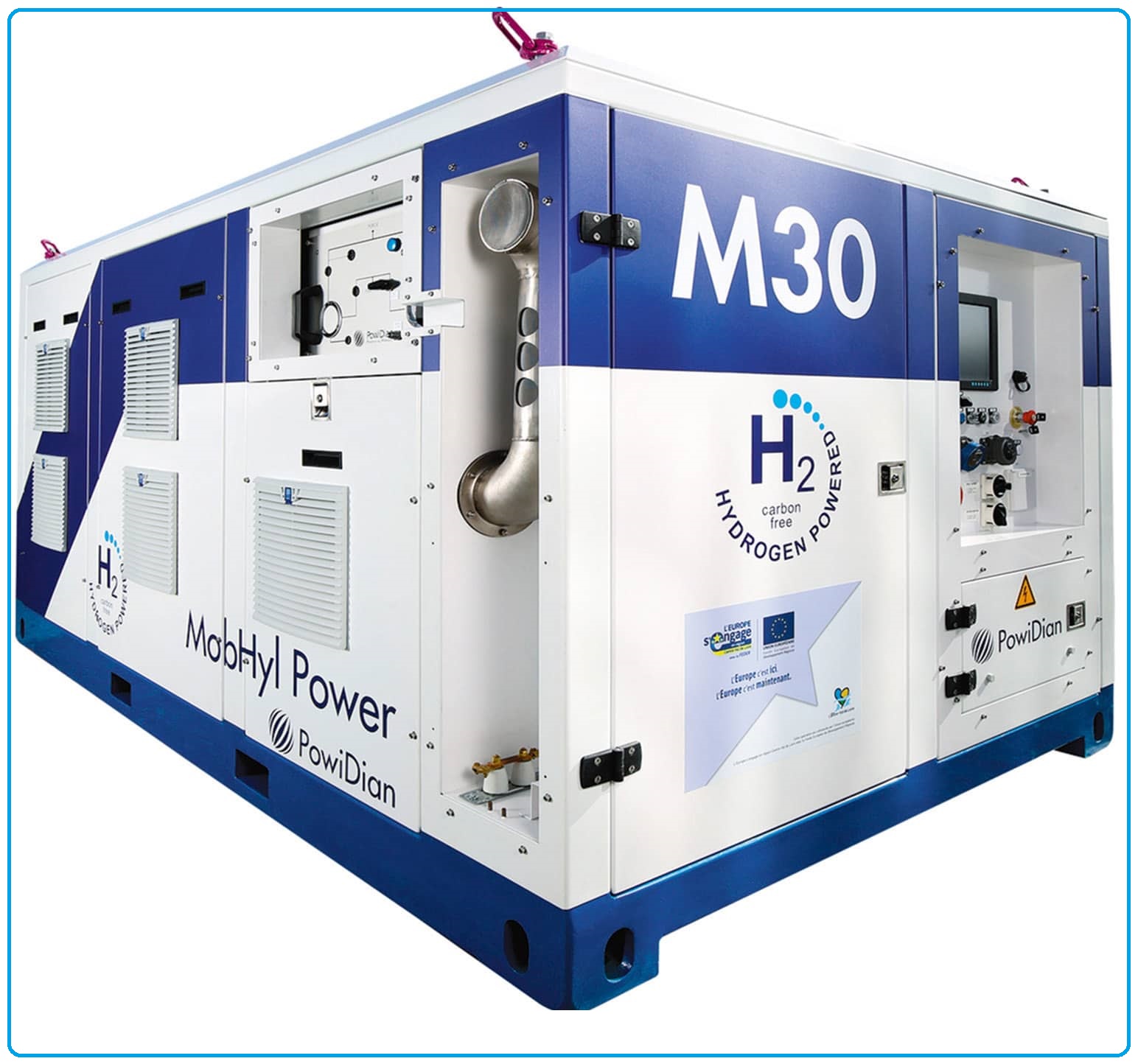.png)
Fuel Cells
A fuel cell converts the chemical energy in hydrogen and oxygen into direct current electrical energy by electrochemical reactions. Fuel cells are devices that convert hydrogen gas directly into low-voltage, direct current electricity. The cell has no moving parts.
In the fuel cell, the cathode terminal is positively charged and the anode terminal is negatively charged. These electrodes are separated by a membrane. Hydrogen gas is converted into electrons and protons (positive hydrogen ions) at the anode. The protons pass through the membrane to the cathode, leaving behind negatively charged electrons. This creates a flow of direct current electricity between the terminals when connected with an external circuit. This current can power an electric motor placed in this circuit. The hydrogen ions, electrons, and oxygen combine at the cathode to form water, the only byproduct of the process.
The key element in a fuel cell is the ion (proton) exchange membrane. Its purpose is to separate the anode and cathode to prevent mixing of the fuel and oxidant and to provide an ionically conductive pathway for protons.
Fuel cells have the potential for excellent efficiency and can convert up to 75 percent of the energy in the fuel.
In automobiles, there are two major advantages of a fuel cell versus an internal combustion engine. The first is that the fuel cell is approximately twice as fuel-efficient (on a fuel-to-wheel basis). The second advantage is the next generation of automobiles may be electric-powered.
There are five types of fuel cells available:
Polymer Electrolyte Membrane Fuel Cell (PEMFC) -
A PEMFC fuel cell employs a solid organic polymer polyperfluorsulfonic acid electrolyte membrane and operates at temperatures of 60-100° C. PEMFC applications include electric utilities, portable power, and transportation. Its main advantages are that the solid electrolyte reduces corrosion, operates at low temperatures, and delivers quick start-up.
Alkaline Fuel Cell (AFC) -
An AFC employs an aqueous solution of potassium hydroxide soaked in a matrix electrolyte, and operates at temperatures of 90-100°C. AFC applications include military and space, and it is the technology that has been used by NASA for more than 25 years.
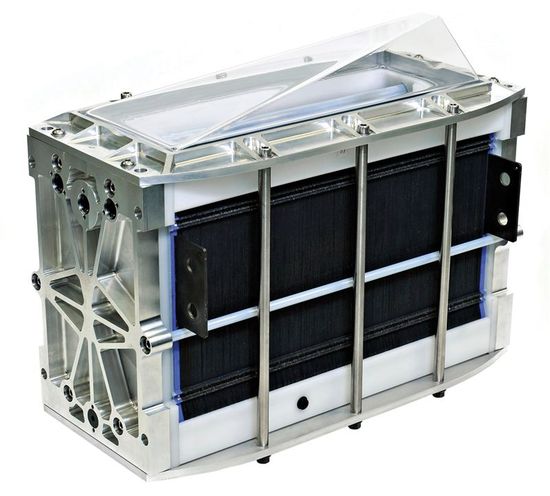
Phosphoric Acid Fuel Cell (PAFC) -
A PAFC employs a matrix soaked with liquid phosphoric acid. It operates at temperatures of 175-200° C. PAFC applications include electric utility and transportation. Its main advantages are that it has up to 85% efficiency when used in cogeneration of electricity and heat, and it can use impure hydrogen as fuel.
Molten Carbonate Fuel Cell (MCFC) -
An MCFC employs a liquid solution of lithium, sodium, and/or potassium carbonates soaked in a matrix. It operates at 600-1000° C. The main MCFC applications are for electric utilities. Its advantages are its high efficiency, fuel flexibility and its ability to use a variety of catalysts.
Solid Oxide Fuel Cell (SOFC):
An SOFC employs a solid zirconium oxide to which a small amount of yttria is added. It operates at 600-1000° C. Its main advantages are its high efficiency, fuel flexibility, ability to use a variety of catalysts and reduced corrosion.
Application Of Hydrogen Fuel Cell
Power-
Fuel cells act as power sources for a variety of commercial, industrial and residential applications. These range from homes to spacecraft and research stations. Fuel cells are particularly useful for remote locations due to their lack of moving parts, which means they are highly reliable and unlikely to fail.
Cogeneration-
Fuel cells can be made even more efficient through cogeneration. This is where fuel cell systems are used to generate power while the waste heat produced is used to heat buildings or power cooling systems. Cogeneration systems can reach 85% efficiency (of which 40-60% is electric).
Transport-
Fuel cells can be used for a variety of transport applications, from automobiles to buses, ships, trains and aircraft. Fuel cells are also being incorporated into motorcycles, bicycles and scooters.
Portable Power-
Portable fuel cell systems are classified as weighing less than 10kg and producing under 5kW of power. These types of cell have a wide range of applications for powering small devices of 1-50w and for larger power generation of 1-5kW for remote locations.
Other Applications-
Other applications include power for base stations and cell sites, distributed power generation, emergency power systems as a back-up for when other systems fail, telecommunications, base load power plants, solar hydrogen fuel cell water heating, portable charging stations for small electronic devices, small heating appliances, food preservation for shipping containers (exhausting the oxygen through power generation), and electrochemical sensors.

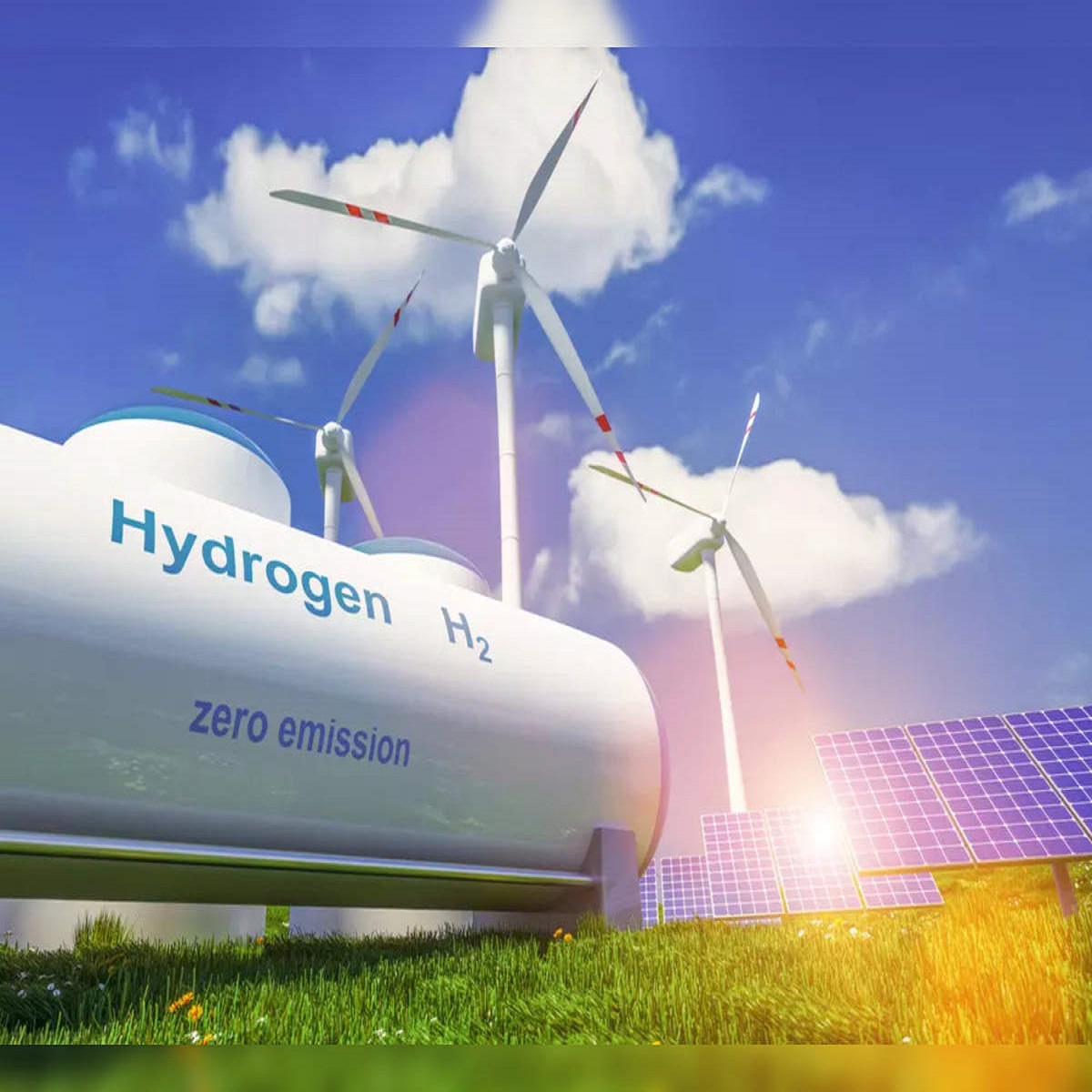
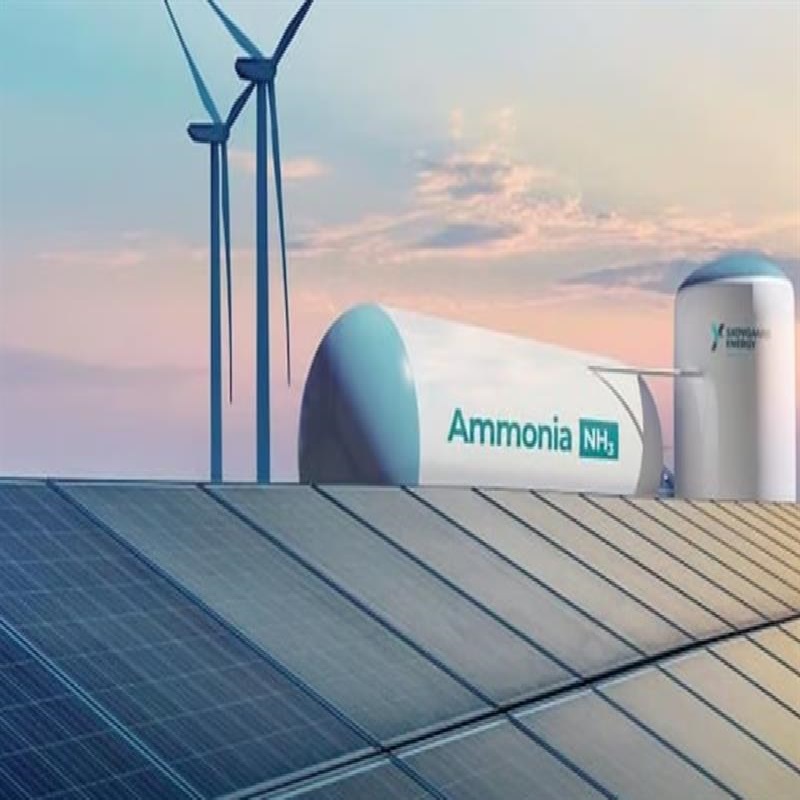

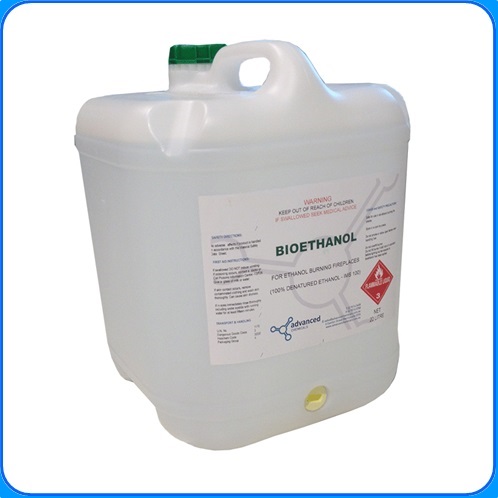
.jpg)

